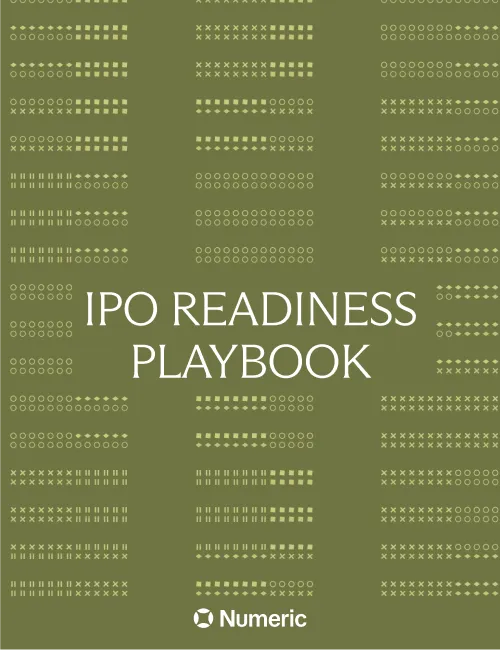Bad Debt Expense
Bad debt expense is an accounting term used to describe the amount of money a company has lost due to customers not paying their bills, and is an important factor for enterprise companies to track and manage in order to remain profitable and competitive.
Definition
Bad debt expense is an accounting term used to describe the amount of money a company has lost due to customers not paying their bills. It is a type of non-operating expense, meaning it is not related to the company's core operations. Bad debt expense is also known as 'allowance for doubtful accounts' or 'allowance for uncollectible accounts'.
Example
For example, a company sells products to customers on credit. If a customer fails to pay their bill, the company will have to write off the amount as bad debt expense. This means that the company will not be able to collect the money owed and will have to take a loss on the sale.
Why it Matters
Bad debt expense is important for companies to track and manage because it can have a significant impact on their bottom line. Companies need to be aware of the amount of bad debt they are incurring and take steps to reduce it. This can include tightening credit policies, improving collection processes, and offering incentives to customers to pay their bills on time.
By tracking and managing bad debt expense, companies can ensure that they are not losing money due to customers not paying their bills. This can help them to remain profitable and stay competitive in their industry.


















